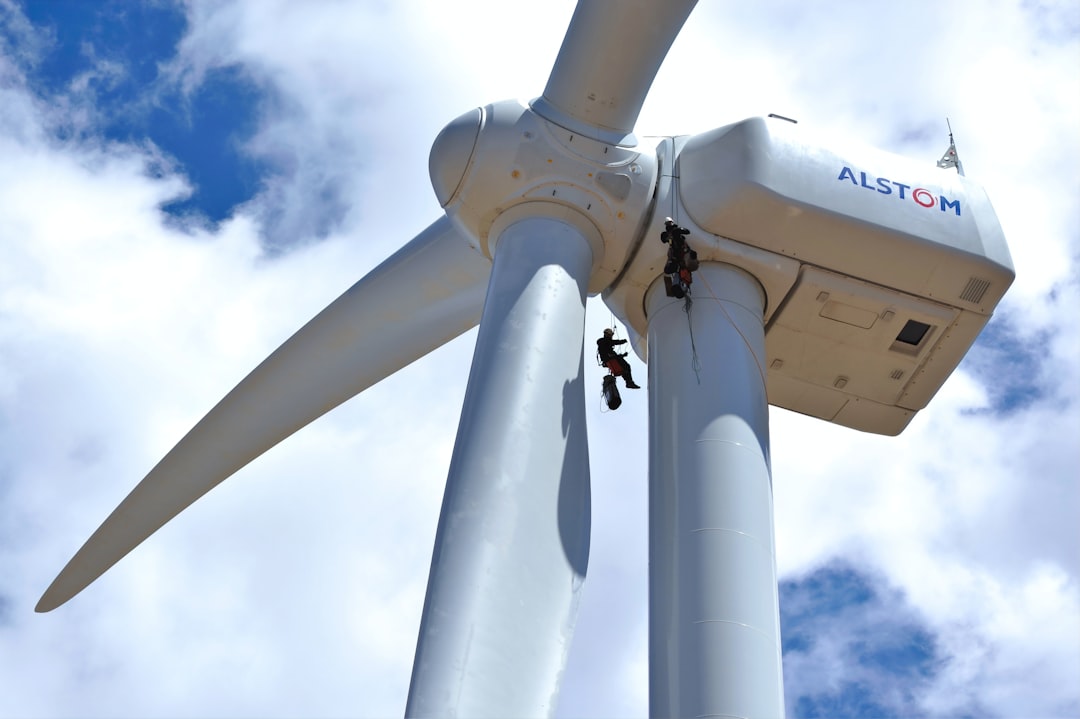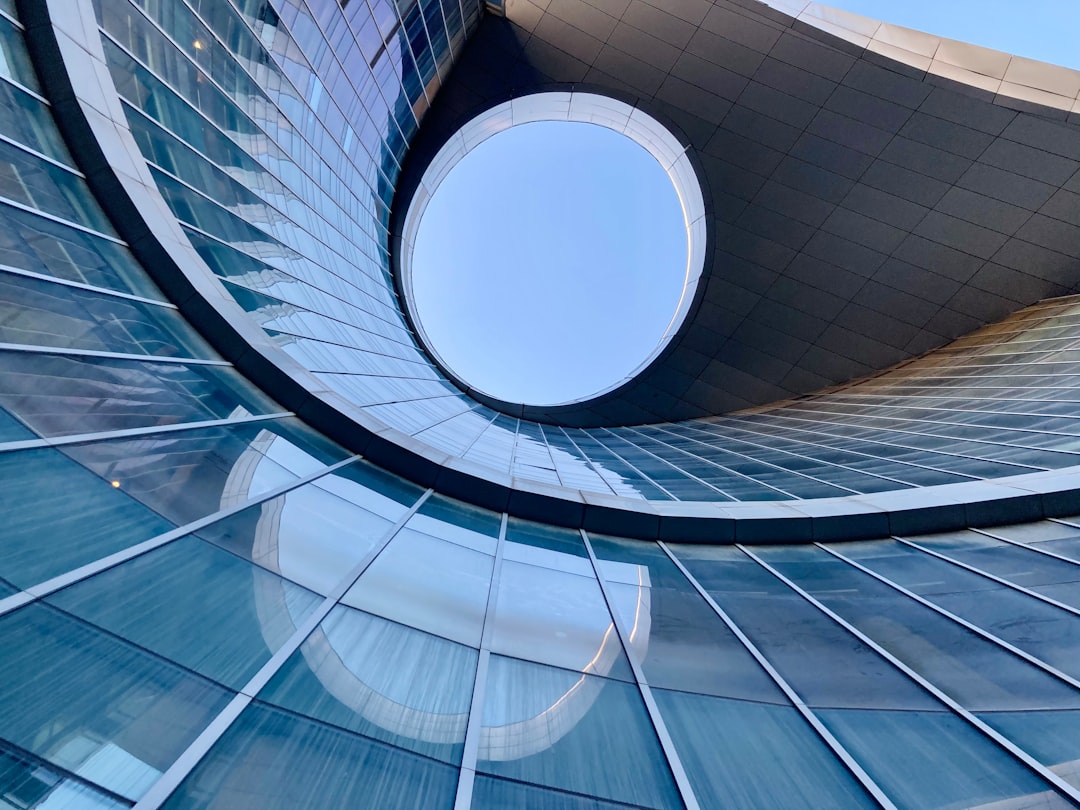What is it about?
Caloric materials are candidates for environementally friendly solid state refrigeration. Among other materials, superelastic metallic alloys are excellent for this application. Until now most efforts have focused on elastocaloric behaviour under applied tensile cycles. In this work, we have studied the physics behind the caloric effect in a Cu-Al-Ni single crystal under a flexure cycle. The main source of caloric effect is the martensitic structural transition that creates phase fronts that travel along the sample exchanging latent heat.
Featured Image

Photo by Lukáš Lehotský on Unsplash
Why is it important?
Flexure might be a much easier way to act on caloric materials for practical applications. It is important to determine where on the samples and when the heat exchange takes place in order to improve the efficiency of future devices.
Perspectives
Besides the applications, the work is also important from a more fundamental point of view. It opens a vast field of exploration of different stress fields (flexure, torsion, etc.) that can be applied in order to improve caloric effects.
Eduard Vives
Universitat de Barcelona
Read the Original
This page is a summary of: Flexocaloric effect in superelastic materials, APL Materials, December 2022, American Institute of Physics,
DOI: 10.1063/5.0129331.
You can read the full text:
Contributors
The following have contributed to this page










